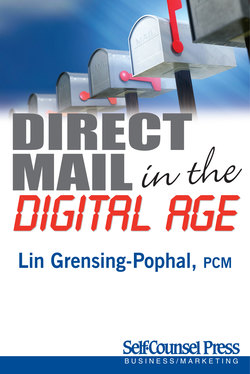Читать книгу Direct Mail in the Digital Age - Lin Grensing-Pophal - Страница 24
На сайте Литреса книга снята с продажи.
3.1 Objectives must be specific
ОглавлениеWe’ve already seen that “increase sales” is not specific enough to qualify as a good objective. A specific objective includes distinct details. Here’s an example we can all relate to: losing weight. “Lose weight” is not specific, but “lose 15 pounds” is. Here are some other examples:
• Increase sales by 15 percent.
• Generate 500 leads.
• Add 2,000 names to the e-letter mailing list.
Which ones do you feel are good objectives? Actually, this is a trick question. While each of the above statements are specific, they are not yet effective objectives. Each of the statements could still be more specific. Again, think in terms of what might happen after the campaign as you and another member of your team — or your boss — sit down to discuss results. Let’s reconsider these statements:
• Increase sales by 15 percent. Sales of what? All products? Specific products?
• Generate 500 leads. Any leads? Leads from a certain geographic area? Among a certain target demographic group?
• Add 2,000 names. What kind of names? Any names? Your Facebook friends’ names or names of specific individuals with a specific level of buying power or potential?
Being as specific as possible gives you a good direction for developing your direct mail effort — it helps you to focus. It also helps to avoid misunderstanding and potential conflict later should you find that your expectations are different than others’ expectations about the campaign.
Being specific is just the first step in developing effective objectives. There are other criteria that you need to consider, so read on to find out more.
